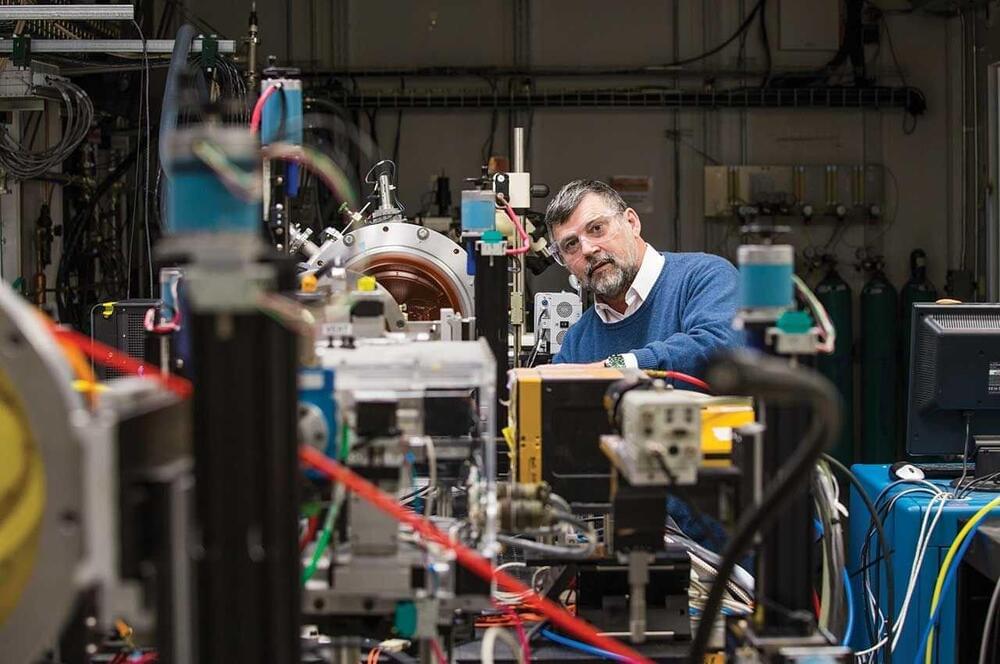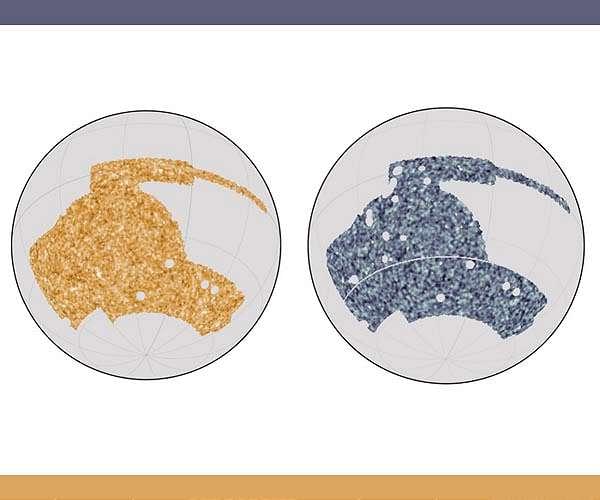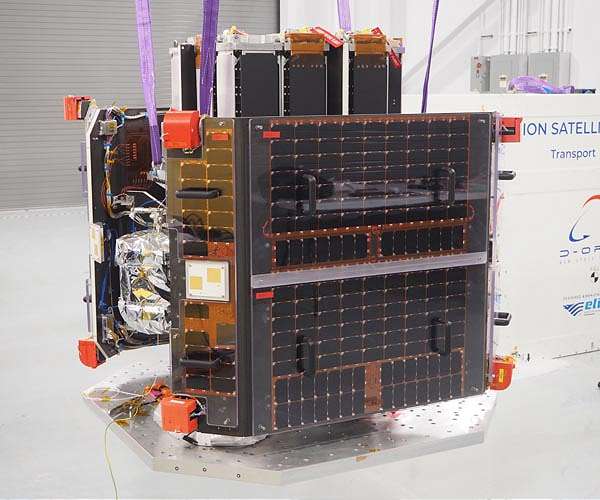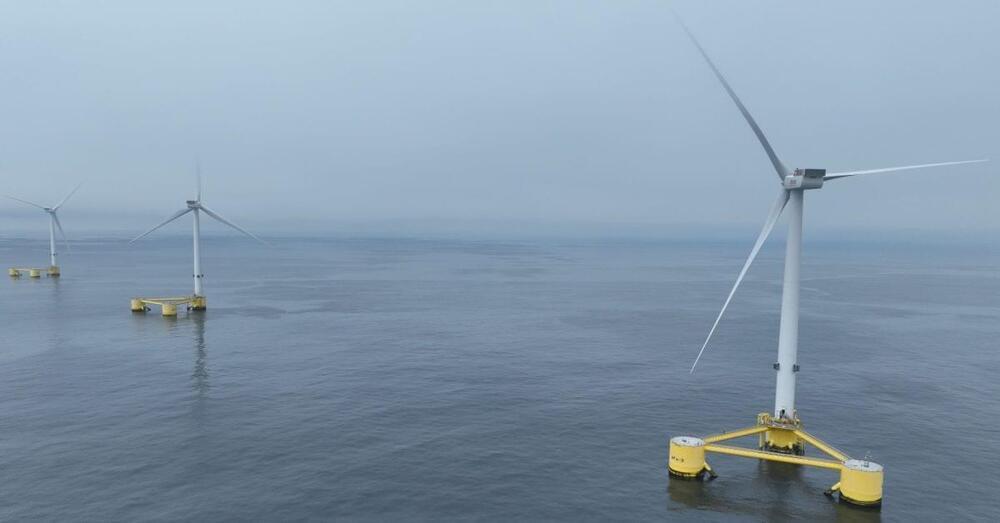That didn’t take long.
Google is still freaking out about ChatGPT.


A team of researchers from Illinois Institute of Technology and the University of Washington is trying to change the way that the field of biology understands how muscles contract.
In a paper published on January 25, 2023, in the Proceedings of the National Academy of Sciences titled “Structural OFF/ON Transition of Myosin in Related Porcine Myocardium Predict Calcium Activated Force,” Illinois Tech Research Assistant Professor Weikang Ma and Professor of Biology and Physics Thomas Irving—working in collaboration with Professor of Bioengineering Michael Regnier’s group at Washington—make the case for a second, newly discovered aspect to muscle contraction that could play a significant role in developing treatments for inherited cardiac conditions.
The consensus for how muscle contraction occurs has been that the relationship between the thin and thick filaments that comprise muscle tissue was a more straightforward process. When targets on thin filaments were activated, it was thought that the myosin motor proteins that make up the thick filaments would automatically find their way to those thin filaments to start generating force and contract the muscle.

Google fed coding interview questions to ChatGPT and, based off the AI’s answers, determined it would be hired for a level three engineering position, according to an internal document.
As reported (Opens in a new window) by CNBC, the experiment was done as part of Google’s recent testing of multiple AI chatbots, which it’s considering adding to the site. ChatGPT’s ability to surface a concise, high-fidelity answer to a question could save users time typically spent surfing links on Google to find the same information.
“Amazingly, ChatGPT gets hired at L3 when interviewed for a coding position,” says the document. And while level three is considered an entry-level position on the engineering team at Google, average total compensation for the job is about $183,000 (Opens in a new window).


Sometimes to know what the matter is, you have to find it first. When the universe began, matter was flung outward and gradually formed the planets, stars and galaxies that we know and love today. By carefully assembling a map of that matter today, scientists can try to understand the forces that shaped the evolution of the universe.
A group of scientists, including several with the University of Chicago and Fermi National Accelerator Laboratory, have released one of the most precise measurements ever made of how matter is distributed across the universe today.
Combining data from two major telescope surveys of the universe, the Dark Energy Survey and the South Pole Telescope, the analysis involved more than 150 researchers and is published as a set of three articles Jan. 31 in Physical Review D.

Space logistics and orbital transportation company D-Orbit launched Starfield, the eighth commercial mission of their proprietary orbital transfer vehicle (OTV) ION Satellite Carrier (ION), and the first one in a midinclination orbit.
The OTV lifted off January 31st, 2023, at 8:15 a.m. PT (16:15 UTC) aboard a Falcon 9 rocket from the Space Launch Complex 4 East (SLC-4E) at Vandenberg Space Force Base in California, and was successfully deployed 57 minutes later into an approximately 340km altitude and 70-degree inclination orbit.
ION is a versatile and cost-effective OTV designed to precisely deploy satellites and perform orbital demonstrations of third-party payloads hosted onboard. After the first commercial mission in September 2020, D-Orbit has completed seven more missions, including one featuring two IONs.

White LEDs’ reign as the top light source may soon come to an end with the advent of a new alternative that offers superior directionality.
A photonic crystal or nanoantenna, a 2D structure with periodic arrangement of nano-sized particles, is being developed as a cutting-edge optical control technology. Upon exposure to light, combining a nanoantenna with a phosphor plate produces a harmonious mix of blue and yellow light.
White LEDs have already been improved upon in the form of white laser diodes, or LDs, which consist of yellow phosphors and blue LDs. While the blue LDs are highly directional, the yellow phosphors radiate in all directions, resulting in an undesired mixing of colors.

WindFloat Atlantic – the world’s first semi-submersible floating offshore wind farm – has been online for two years, and it’s far exceeding power output expectations.
The 25 megawatt (MW) WindFloat Atlantic project ended 2022 with an electricity production of 78 gigawatt hours (GWh) – 5% more output than its first year. It supplies power to more than 25,000 households and avoids 33,000 tonnes of carbon dioxide. Its annual availability was between 93–94%.
The offshore wind farm sits 20 km off the coast of Portugal in the municipality of Viana do Castelo, north of Porto. It’s made up of three 8.4 MW Vestas wind turbines that sit on semi-submersible, three-column floating platforms anchored by chains to the seabed. A 20 km long (12.4 mile long) cable connects it to an onshore substation.

Nerve cells require vast amounts of energy and oxygen which they receive through the bloodstream. This results in nerve tissue being densely intertwined with numerous blood vessels. However, what prevents neurons and vascular cells from interfering with each other during growth? Researchers from the Universities of Heidelberg and Bonn, in collaboration with international partners, have uncovered a mechanism that ensures this coordination. The findings have recently been published in the journal Neuron.
Nerve cells are highly energy-intensive, requiring a large amount of fuel. Approximately 20% of the calories we consume through food are dedicated to our brain, as the generation of voltage pulses (action potentials) and transmission between neurons is incredibly energy-demanding. For this reason, nerve tissue is usually crisscrossed by numerous blood vessels. They ensure a supply of nutrients and oxygen.
During embryonic development, a large number of vessels sprout in the brain and spinal cord, but also in the retina of the eye. Additionally, masses of neurons are formed there, which network with each other and with structures such as muscles and organs. Both processes have to be considerate of each other so as not to get in each other’s way. “We have identified a new mechanism that ensures this,” explains Prof. Dr. Carmen Ruiz de Almodóvar, member of the Cluster of Excellence ImmunoSensation2 and the Transdisciplinary Research Area Life & Health at the University of Bonn.
What will the future of AI programming look like with tools like ChatGPT and GitHub Copilot? Let’s take a look at how machine learning could change the daily lives of developers in the near future.
#ai #tech #TheCodeReport.
💬 Chat with Me on Discord.
🔗 Resources.
ChatGPT Demo https://openai.com/blog/chatgpt.